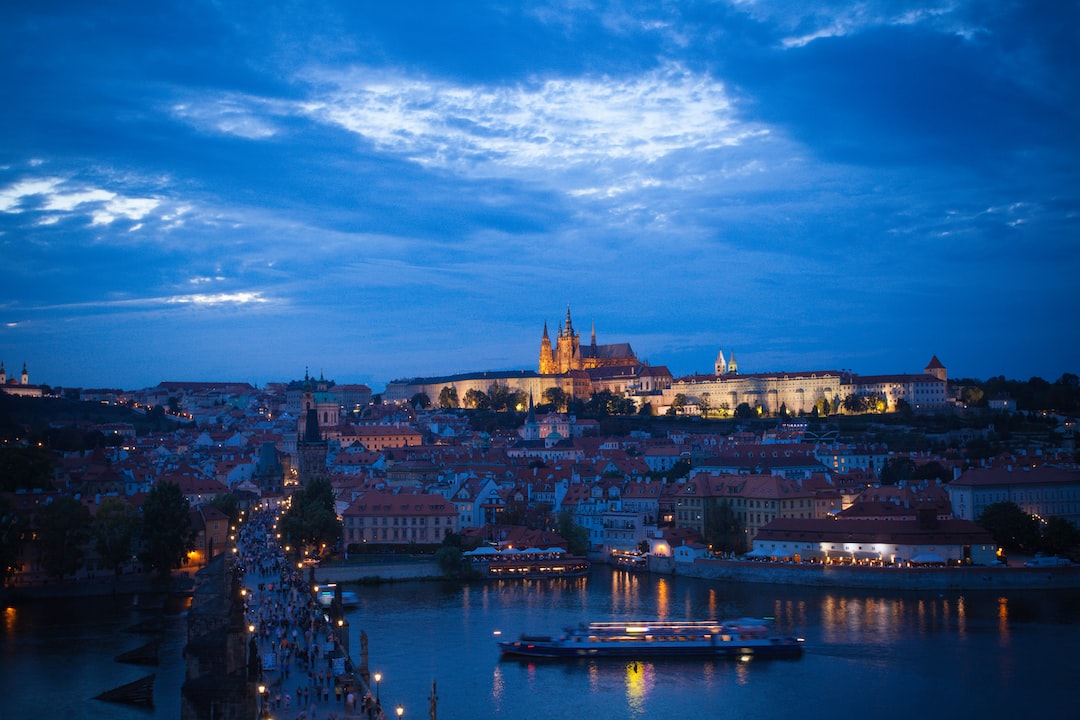Reliving the era of Communism: Visiting Prague’s poignant historical sites
Prague, the capital city of the Czech Republic, is not only known for its stunning architecture and rich cultural heritage but also for its role in the era of communism. As I recently had the opportunity to visit this beautiful city, I was compelled to explore the poignant historical sites that have come to define Prague’s communist past.
One of the most significant sites that I visited was the Prague Castle, which served as the official residence of Czech Presidents during the communist era. As I walked through its grand halls and intricately decorated rooms, I couldn’t help but feel a sense of awe and wonder. The castle, with its towering spires and commanding presence, stands as a reminder of the power wielded by the communist regime.
Within the castle complex, I discovered the Memorial to the Victims of Communism, a haunting tribute to the countless lives lost during this dark chapter of Czech history. The memorial, consisting of seven bronze statues descending a flight of stairs, is a somber reminder of the suffering endured by those who opposed the oppressive regime. It serves as both a memorial and a warning, urging visitors never to forget the atrocities committed in the name of communism.
Another site that left a profound impression on me was the Museum of Communism. Located in the heart of Prague, this museum offers a comprehensive overview of the communist era in Czechoslovakia. Through interactive exhibits, photographs, and personal testimonies, the museum brings to life the daily realities of living under communist rule. It delves into themes such as censorship, surveillance, and the resistance movement, providing a nuanced understanding of this tumultuous period.
One of the most notorious sites associated with communism in Prague is the former secret police headquarters, known as the StB Archive. A visit to this chilling place is a stark reminder of the extent to which the regime controlled every aspect of its citizens’ lives. The archive, which now serves as a research center and museum, houses countless files documenting the activities of the secret police. Walking through its corridors and seeing the rows upon rows of shelves filled with files sent shivers down my spine.
To truly grasp the magnitude of the communist regime’s impact on Czech society, I decided to take a guided tour of the Metronome, a giant sculpture located on Letná Park. This iconic symbol, which stands on the site of a former communist monument, provides an expansive view of the city while serving as a poignant reminder of the changes that have taken place since the fall of communism. Our guide adeptly recounted the events leading up to the Velvet Revolution, where peaceful protests eventually toppled the communist regime, fostering a sense of hope and renewed freedom.
As I concluded my journey through Prague’s poignant historical sites, I couldn’t help but reflect on the resilience and determination of the Czech people. They have transformed their city into a vibrant hub of art, culture, and democratic values. While the scars of communism still remain etched in the fabric of Prague, visiting these sites offers an important opportunity to learn from history and ensure that the mistakes of the past are not repeated.
In the end, my visit to Prague’s communist sites was a deeply moving experience. It served as a stark reminder of the importance of safeguarding democratic values and appreciating the struggles faced by those who fought for freedom. Prague, with its rich history and powerful stories, has become a living testament to the resilience and triumph of the human spirit.

